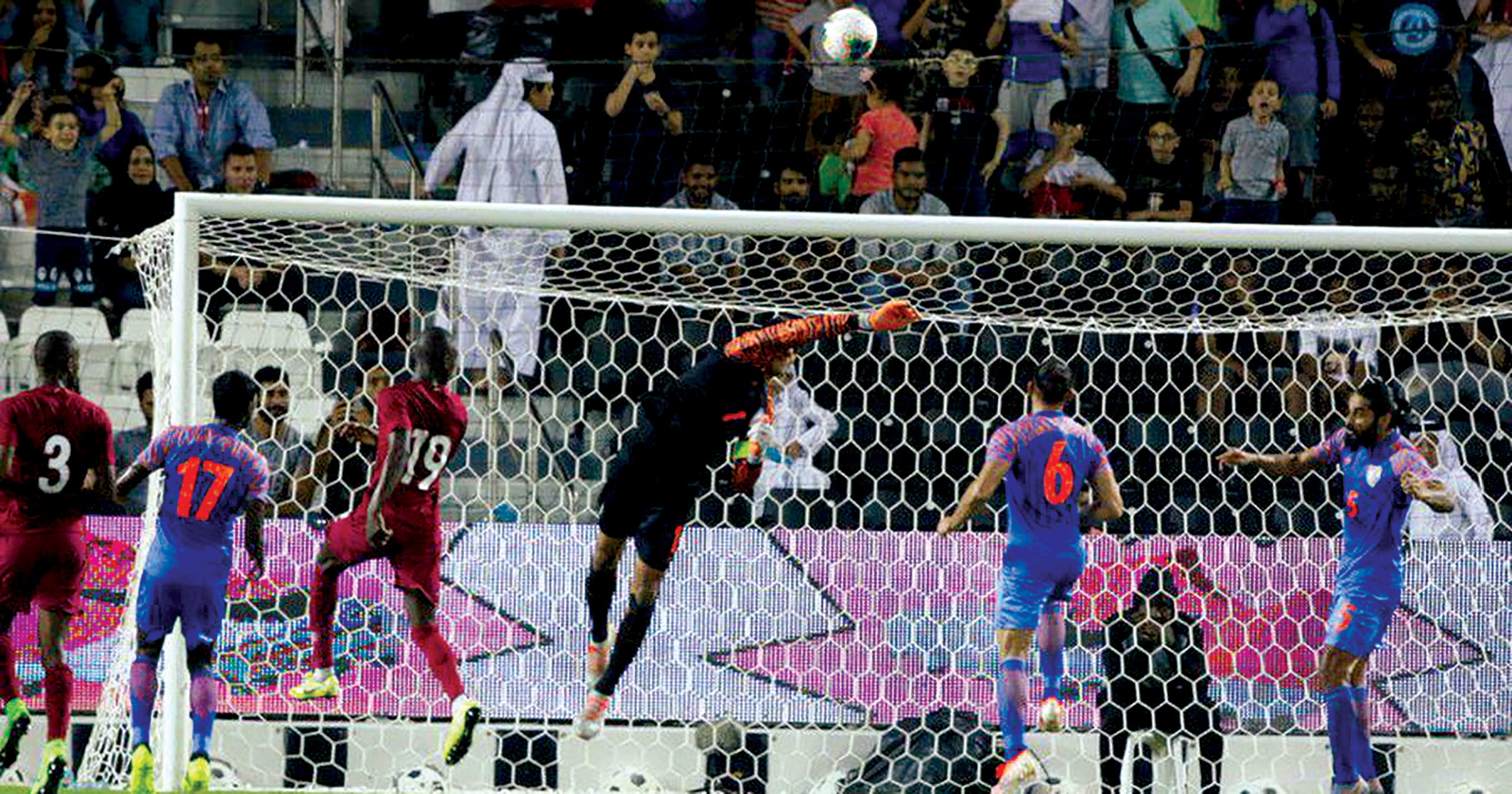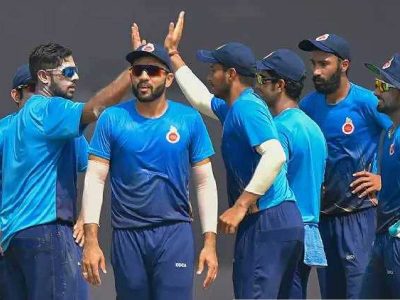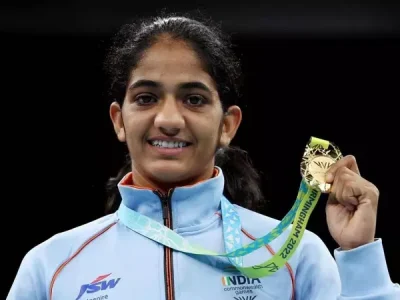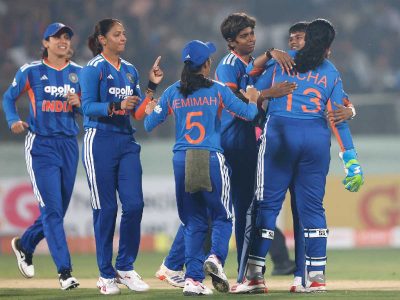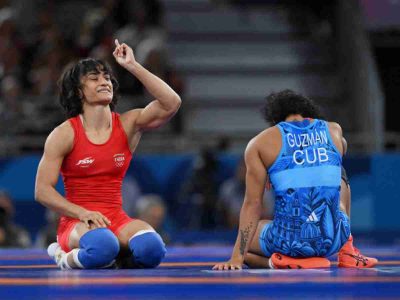Patriot analyses why it is difficult for India to dream for a place in the FIFA World Cup as of yet, and how a club by honing young players is planning to make India play the tournament in 2030
Indian football scaled new heights on September 9 when they held Asian Champions Qatar to a 0-0 draw, that too at their home ground in the Asian leg of the 2022 World Cup Qualifiers — courtesy of a world class performance between the sticks for goalkeeper Gurpreet Singh Sandhu.
Qatar incidentally have not been defeated or held back to a draw by any Asian team in the past year and India have been the first to do so, being an achievement in itself. The team, thus got its first result in the qualifiers this time, with Indians all over the country and the world including our Prime Minister participating in celebrations.
Some people are even dreaming of qualifying for the 2022 World Cup after this. But the truth is, we are still far behind the ultimate dream of qualifying for FIFA World Cup, and doing it this time seems like a long shot. So before rushing into premature celebrations, fans need to look at the basic minus points in our system, and what we need to do to get to play a World Cup someday.
The biggest problem in the country’s footballing infrastructure is currently the state of our domestic leagues. First of all, we are the first and only country in the world who have two domestic leagues – the I-League and the Indian Super League.
In 2014, the ISL – funded by the IMG-Reliance-was started as a separate 10-team round robin and knockout tournament, akin to the IPL, to attract more viewership of Indians towards football. But down the years, this league which had a lot more financial backing than the traditional I-league, was soon being recognised more by the AIFF.
In 2018, the Federation Cup, which decided India’s official entry into the AFC Cup, was called off and replaced by the Super Cup – which included teams from both I-League and ISL, in a knockout tournament, with the winners going on to the AFC Cup.
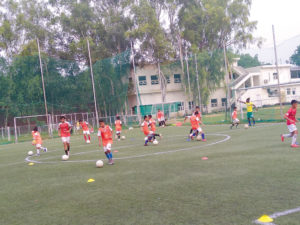
The cash-rich ISL is slowly becoming India’s top league – in spite the fall in quality of it. With years, the viewership has gone down, and teams do not enjoy the kind of loyal support that a traditional I-League outfit like Mohun Bagan or East Bengal does.
The ISL also does not have any promotion or relegation policy- one that is very much present in all other football playing nations in the worlds. In this system, there are more than one football divisions, where the top three teams from the lower division climb to the upper division and the bottom three teams of the upper division get relegated to the lower division.
What this does is create a sense of competition among the lower rung clubs, where they can fight to avoid relegation, or the second division clubs who dream of competing in the first division. Thus, the ambition for doing well strives among footballers.
The I-League does have a similar structure, and we have seen teams from the farthest corners of the country like Mizoram and Kashmir winning the second division and then also going on to do well in the first division.
But with the ISL – and its no relegation policy- this culture will come to a halt, and thus there would be lack of competition.
In fact, the ISL and I league clubs are now at loggerheads. While potent players like Mohun Bagan and East Bengal want to move to the ISL due to the money involved, smaller clubs like Minerva Punjab and Aizawl FC are finding it difficult to sustain themselves in such a cash driven environment — the entry fee for an ISL franchise is Rs 1.5 crore — an amount which they are not ready to give.
Some small clubs have also pulled out of the Super Cup as a mark of protest. With so much politics and controversy involved in the domestic structure, the chances of India reaching a World Cup looks even more slim.
The support for the ISL teams, including the TV viewership has gone down subsequently – so much so that a club like Delhi Dynamos shifted their home base to Bhubaneshwar because they were not able to fill the stands in the Jawaharlal Nehru stadium.
On the other hand, while any country in the world has a season of minimum 35 matches, in India we have a total of 15 matches to decide the winner of a league. This is less than half of what they play in any other world cup playing country anywhere in the world.
The viewership of Indian football in general is at an all-time low, in spite the team breaking into the top 100 of the FIFA rankings. While a cricket match, even between India and Afghanistan fetches one million viewers on Hotstar, the crucial match between India and Qatar earned around a lakh views only and this was the most in the history of the OTT platform for the national team.
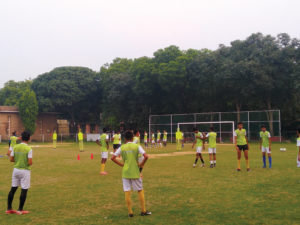
Also, our players don’t play in foreign leagues or at the highest level and thus falter at the highest international level. Compare our Indian team to any other top class international team – the difference in speed, passing and agility is for everyone to see.
In a press conference that Patriot visited two weeks ago, wherein three Indians were selected for Spanish Club Athletic Xativa FC, the coach Abel Vendrell who trained these boys said that they possess the same talent or perhaps even greater than the Spanish kids, but the way they were shaped up from a young age was not up to the mark of international standards.
So, the grassroot structure also needs a revamp, if we are to go by the coach who himself was a La Liga player once.
Making a difference
While all these negatives make the future of India at the World Cup uncertain, there is a club that is genuinely making an effort to train young aspiring footballers, with a motto “Mission World Cup 2030”.
Sudeva FC, a football club owned by lawyer Anuj Gupta and environmentalist Vijay Hakari, has set up a residential football academy in Delhi’s Civil Lines, with as many as 142 junior players selected from all over the country residing there.
“We conduct trials from all over the country including the remotest corners of the North East, and scout the best talent, by visiting these areas and organising talent camps,” says Col Jai Rampal, who looks after the facility in Civil Lines.
More than half of the footballers are here on a scholarship and being completely sponsored by the owners, including providing for their equipment, fooding and lodging. “We look after their food habits according to their diet, right from waking up in the morning till dinner. The diet is made keeping in mind the time they spend on the field.
The boys, who are divided into three categories – under-13, under-15 and under-18 categories- train in two separate sessions.
The morning session starts from 4.30 to 6.30 and the evening session starts from the same time in the evening. The boys participate in multiple competitions, thus enhancing their competitive spirit.
When Patriot visited the academy, there were indeed players from all nook and corners of the country, ranging from Haryana, all states of the North-East, and even the South Indian states of Kerala, Tamil Nadu and Andhra Pradesh.
Ayur, a player from Haryana in the under-13 level says that he is enjoying his stay at Sudeva FC. “I always wanted to become a footballer, and here I get all facilities that are helping me enhance my talent and fulfilling my dream”. Tete, an 11-year old boy who was selected from Manipur, says that back home he did not have access to even basic footballing facilities, but here in Sudeva he is not only getting access to the best facilities but also enjoying his game. Phuntsokh from Sikkim, who is staying at Sudeva for three years, too echoes the same sentiments.
All three of them harbor the dream of playing for the nation in the future. “We want to play and win the World Cup for our country, and we are confident of doing it.”
Oladepupo Joseph Obu, the Nigerian coach of the Under-13 boys, says that there is talent all over the country, but they just need the right direction. “People who say Indian kids are not talented footballers are absolute liars. It is just that we don’t have proper facilities in the country, but here at Sudeva, they provide the children with all sorts of world class facilities,” says Obu, who was part of the Nigeria under-17 national team in his youth. He also says, that under-13 is the right age to develop raw talent, and Sudeva is doing it exceedingly well.
“There are not enough football academies in the country,” says Uttam Singh, a state level player for Mizoram who is the under-15 coach of Sudeva . “In North-East alone, there are tones of talented kids, but just because they don’t get the right exposure that we are failing to recognise these talents,” he adds. He says academies like Sudeva need to come up more all over the country so that India can one day play the world cup – which he believes will happen in the near future.
“It will take time, but if more and more academies like this come up and hone more and more players, India will definitely one day play a World Cup,” he hopes.
“Sudeva is planning to open academies across India, so that more and more children can come and stay, and learn the basic nuances of the game, and one day represent India at the World Cup,” says Col Rampal.
Sudeva FC has already bought stakes in Spanish third division club Olimpic De Xativa, and are sending more and more players there, so that they can learn the game in one of the best footballing countries in the world. As reported by Patriot earlier, three players have already been selected in their first team, and the owner Anuj Gupta hopes that in the future more and more players play there and then represent India at the World Cup.

